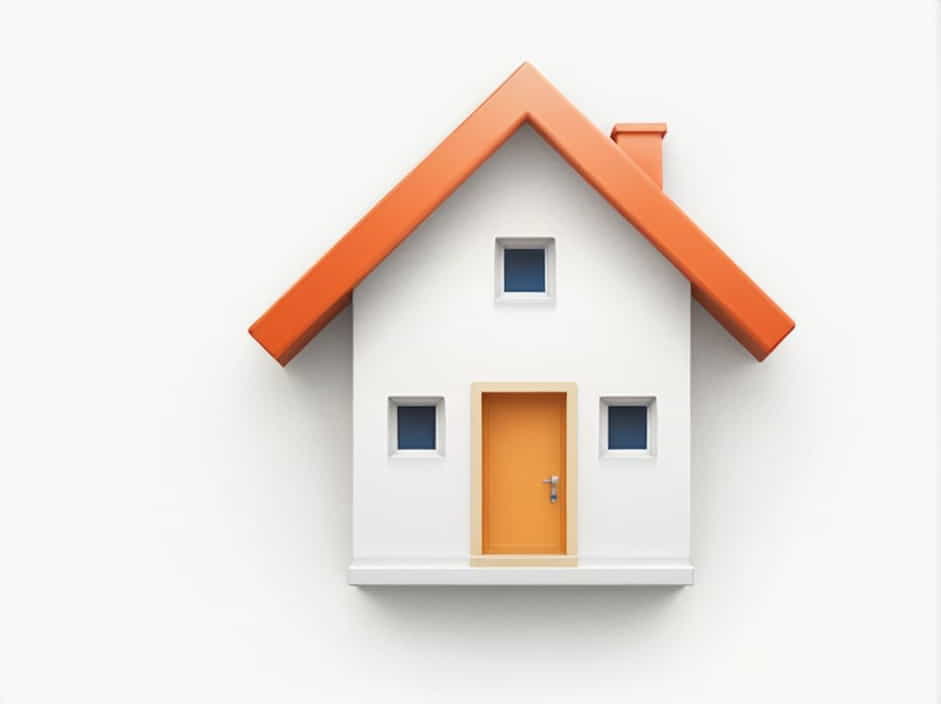A facade is one of the most important architectural features of a house. It is the visible exterior front of a building, often designed to enhance its aesthetic appeal and provide structural functionality. The facade sets the first impression and can influence a home’s value, energy efficiency, and durability.
In this topic, we will explore the meaning of a house facade, its types, materials, design considerations, and how it affects both appearance and functionality.
What Is a Facade on a House?
A facade refers to the front-facing exterior of a house. It is the part that people see from the street and often includes the main entrance, windows, and decorative elements. While the term is most commonly associated with the front side of a home, it can also refer to other visible exterior walls.
Key Functions of a Facade
- Aesthetic Appeal – A well-designed facade enhances the beauty and character of a house.
- Structural Protection – It shields the interior from weather conditions such as rain, wind, and sunlight.
- Energy Efficiency – Modern facades are designed to improve insulation, reducing heating and cooling costs.
- Property Value – An attractive facade can increase the market value of a home.
Types of House Facades
The design of a facade depends on architectural style, material choice, and personal preferences. Here are some of the most common types:
1. Traditional Facade
- Features classic elements such as columns, symmetrical windows, and decorative moldings.
- Common in colonial, Victorian, and Georgian-style homes.
2. Modern Facade
- Emphasizes clean lines, large glass panels, and minimal ornamentation.
- Often uses materials like steel, concrete, and wood for a sleek look.
3. Rustic Facade
- Inspired by natural elements like stone, brick, and wood.
- Common in farmhouse, cabin, and Mediterranean-style homes.
4. Contemporary Facade
- Combines elements of both modern and traditional designs.
- Often features asymmetrical layouts and mixed materials.
5. Minimalist Facade
- Focuses on simplicity with neutral colors and geometric shapes.
- Common in Scandinavian and Japanese-inspired homes.
Popular Materials for House Facades
The choice of material plays a crucial role in the durability and appearance of a facade. Some of the most popular options include:
1. Brick Facade
- Classic and durable, offering excellent insulation.
- Available in various colors and patterns.
2. Stone Facade
- Provides a natural and luxurious look.
- Resistant to extreme weather conditions.
3. Wood Facade
- Creates a warm and inviting aesthetic.
- Requires regular maintenance to prevent decay.
4. Glass Facade
- Used in modern and contemporary designs.
- Enhances natural light but may require special coatings for insulation.
5. Stucco Facade
- A mix of cement, sand, and lime, creating a smooth or textured finish.
- Common in Mediterranean and Southwestern homes.
6. Metal Facade
- Often used for industrial or modern homes.
- Resistant to fire and pests but can be prone to rust.
How to Choose the Right Facade for Your Home
Selecting the best facade depends on several factors:
1. Consider Your Home’s Architecture
- Choose a facade that complements the overall style of your house.
- A modern home looks best with glass and metal, while a farmhouse suits wood and stone.
2. Think About Climate Conditions
- In hot areas, light-colored facades reflect heat, keeping the home cool.
- In cold climates, brick and stone provide insulation, reducing energy costs.
3. Prioritize Durability and Maintenance
- Materials like brick and stone last for decades with minimal upkeep.
- Wood and stucco require regular sealing and painting.
4. Consider Energy Efficiency
- Insulated facades help reduce energy consumption.
- Double-glazed windows and eco-friendly materials improve efficiency.
5. Balance Aesthetics and Budget
- Some materials, like natural stone, are expensive but long-lasting.
- Alternatives like faux stone and fiber cement offer a similar look at a lower cost.
How Facades Influence Curb Appeal
The facade is one of the biggest factors in curb appeal, which affects how attractive a home looks from the street. Here’s how a good facade can make a difference:
- First Impressions Matter – A well-maintained facade makes a home more inviting.
- Color Choices Affect Perception – Light colors can make a house look bigger, while dark tones add a sense of luxury.
- Symmetry and Proportions Create Balance – Even window placements and proper landscaping enhance the overall look.
Modern Trends in House Facade Design
- Sustainable Materials – Many homeowners prefer recycled wood, eco-friendly stucco, and solar-reflective paints.
- Mixed Textures – A combination of wood, metal, and stone adds depth and character.
- Large Windows and Open Spaces – Floor-to-ceiling glass panels provide natural light and ventilation.
- Smart Facades – Integration of automatic shading systems and energy-efficient coatings for climate control.
A house facade is more than just an exterior wall—it defines the personality and function of a home. Whether you prefer a classic brick look, a sleek glass design, or a rustic stone finish, choosing the right facade enhances curb appeal, durability, and energy efficiency.
By considering architectural style, materials, and climate, you can create a facade that not only looks great but also stands the test of time.
